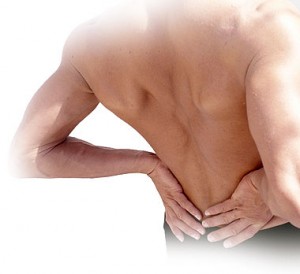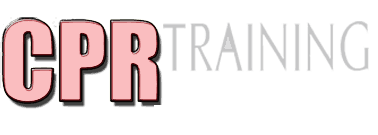Most people will experience minor back problems at some point in their lives. Although body movements do not normally cause problems, it is not surprising to develop unpleasant symptoms due to ageing injury or overuse. Back problems often result from work-related tasks, recreational 
Back pain affects any part of the back from the neck area down to the tail-bone The pain can originate from the bones and joints, discs, or muscles and ligaments. Since the back supports the whole body and is involved in almost every activity, back injuries are very common.
Back Injuries
Usually, these injuries involve back muscles and are caused by lifting heavy loads or sudden movements. Minor back injuries can also occur as a result of excessive twisting of the back, falling, tripping or sliding. Meanwhile, severe back injuries are frequently caused by motor vehicle accidents, direct forceful impact to the head or back, high-impact during falls or slides, or penetrating injuries to the back such as stab wounds.
Although back pain is commonly caused by injuries to any part of the back, it can also develop due to other causes. Some risk factors for back pain include ageing familial predisposition to back pain, pulling or lifting heavy loads, prolonged sitting or standing, and other underlying medical conditions such as osteoporosis. Back pain is increasingly more common among people aged 50 years and above, although it can also occur in teenagers and children.
Acute Back Pain
A lot of people experience sudden and severe back pain. If it is caused by an injury, swelling and bruising follows soon after the injury. In most cases, acute back pain gradually resolves within 6 weeks. Acute back injuries include strain or sprain of the back muscles, dislocation of spine, ruptured or torn disc, and compression of nerves.
Overuse Injuries
Some people experience back pain that gradually develops over time. These injuries often arise as a result of improper posture or movement particularly when walking, lifting, sitting, standing and even sleeping. Symptoms of back muscle overuse include back pain, stiffness and muscle spasms. Most people experience relief within 4 weeks even without medical treatment.
Other Back Problems
There are a lot of other health conditions that can lead to back problems that are not related to injury. Some of the most common conditions include osteoporosis, osteoarthritis, ankylosing spondylitis, Paget’s disease and spinal stenosis. There are also spinal deformities such as kyphosis and scoliosis. These conditions can all cause back pain.
Managing Back Pain
Back pain and problems are usually transient health and often go away within 4 weeks. Simple home treatment can effectively relieve back pain caused by minor injuries. Normally, there is no need to restrict daily activities but is best to avoid lifting heavy weight and activities that can aggravate your back pain.
Severe or chronic back pain may require medical treatment or physical therapy to properly diagnose and treat the problem. If you frequently experience back pain, you should learn about proper ergonomics or body mechanics to prevent frequent recurrence of your back problem.
Learn More
To learn more about recognizing and managing persons with low back pain enrol in St Mark James first aid classes with a provider near you. Components of emergency and standard first aid programs include sprains, strains and bruising which can all be associated with back problems.
